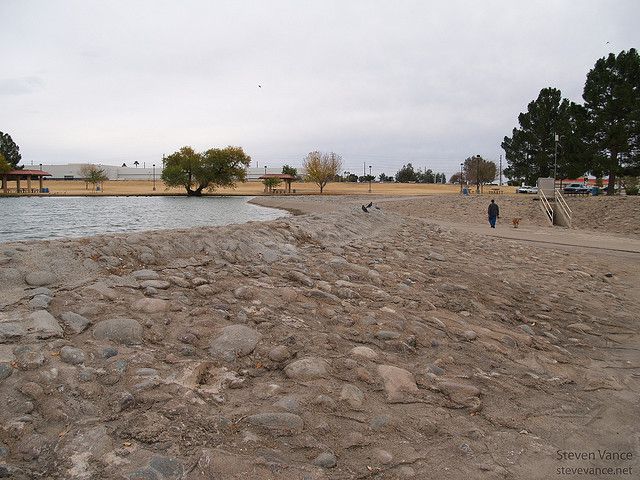-
 Gonad
Gonad
-
 Radiation pressure
Radiation pressure
-
 OGDT
OGDT
-
 RIR
RIR
-
 Nodular
Nodular
-
 Attenuated
Attenuated
-
 Recombination
Recombination
-
 Exocytosis
Exocytosis
-
 Acupuncture
Acupuncture
-
 HELIOS II
HELIOS II
-
 Crookes tube
Crookes tube
-
 Vitamin E
Vitamin E
-
 Ampere
Ampere
-
 Tax credit
Tax credit
-
 Shenzhou
Shenzhou
-
 Rodent
Rodent
-
 Iron-deficiency anaemia
Iron-deficiency anaemia
-
 Van Allen belts
Van Allen belts
-
 Pigmented
Pigmented
-
 Bifid
Bifid
-
 Basiphilous
Basiphilous
-
 Nintendo Wi-Fi Connection
Nintendo Wi-Fi Connection
-
 Apex
Apex
-
 Hubble's law
Hubble's law
-
 Hedge
Hedge
-
 Heliosphere
Heliosphere
-
 Lactose
Lactose
-
 Stratification
Stratification
-
 Bathymetry
Bathymetry
-
 Aminoglycoside
Aminoglycoside
Flood control zone
A flood control zone is a natural or man-made zone into which flood water can flow during flood events.
This zone temporarily stores water and delays its release when flow rates are the highest. The flood control zone area also plays a role in supplying aquifers as well as in the functioning of wetland ecosystems.
Operation of a flood control zone
When the zone is specifically developed to receive flood water, the term controlled flood area (CFA) is used. It operates as follows:
- the water level rises during a flood;
- the water level reaches the level of the spillway, a bank zone or a lowered dike reinforced to withstand hydraulic erosion;
- water flows into an area without essential infrastructure, but that can be used extensively: crops, sports or leisure fields… ;
- water progressively fills the space and is confined by earthworks;
- the release of the water is delayed using drainage works, once the water level of the watercourse has dropped.
The principle behind these flood control zones is to control the areas where floods appear when they are inevitable. In this way water is prevented from reaching sensitive zones (chemical product storage, power plant...) and the human and economic cost of floods is reduced.
 Development of a park in a flood control zone. In the foreground, the reinforced bank area, which is used as a spillway. © Stephen Vance CC by-nc-sa 2.0
Development of a park in a flood control zone. In the foreground, the reinforced bank area, which is used as a spillway. © Stephen Vance CC by-nc-sa 2.0
Latest
Fill out my online form.



